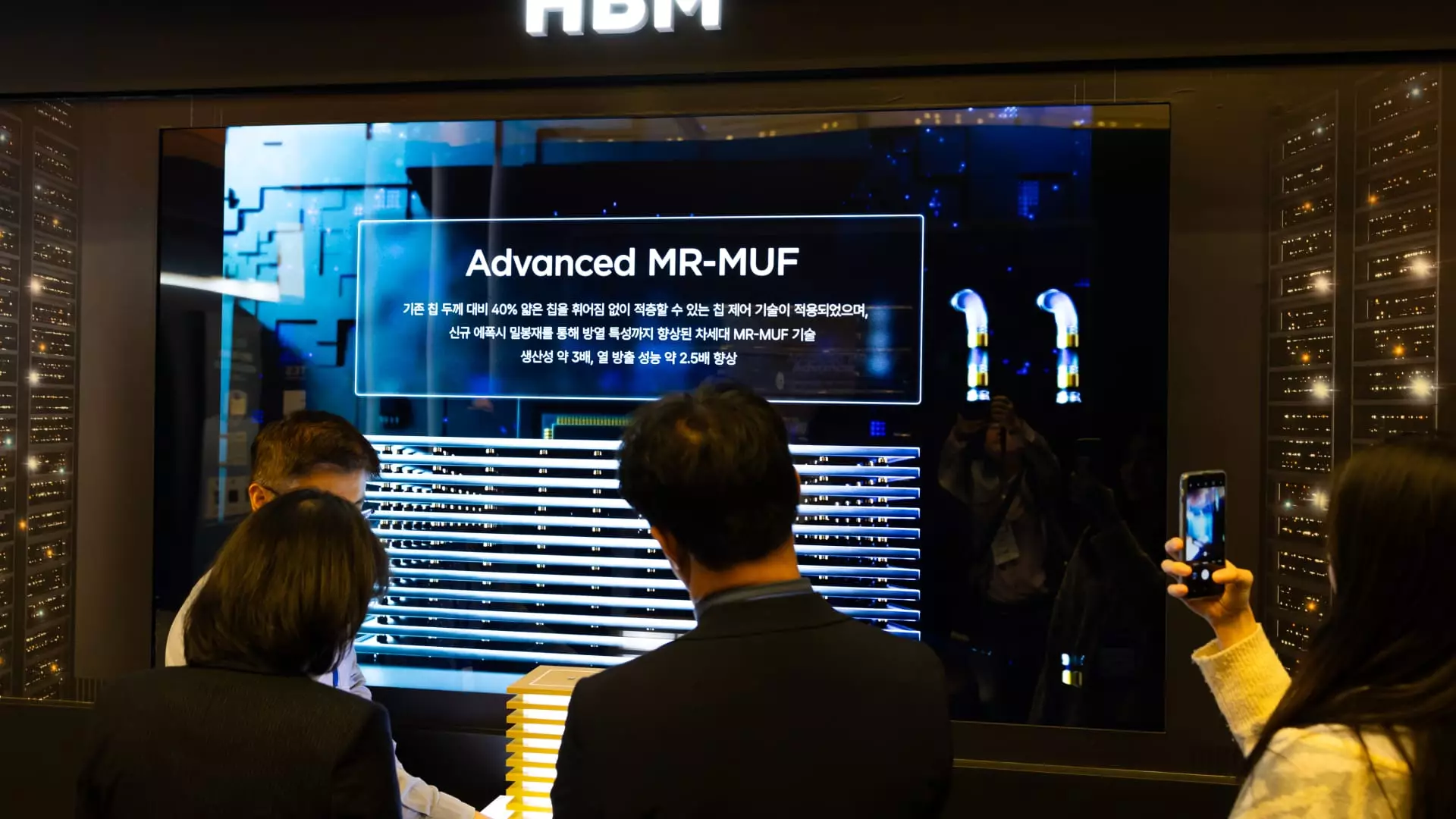In an era characterized by technological competition and geopolitical tensions, South Korea is making a significant investment to bolster its semiconductor industry. Announced on Tuesday, the government revealed an ambitious support package of 33 trillion won (approximately $23.25 billion), aimed at safeguarding one of its most critical economic sectors. The urgency behind this financial commitment is underscored by the murky waters of U.S. tariffs, exemplified by recent statements from former President Donald Trump, who hinted at possible increases in tariff rates on imported semiconductors. Such actions, under the guise of national security, inject uncertainty that could disrupt supply chains and threaten the viability of South Korean companies.
A Proactive Response to Uncertain Waters
While the U.S. claims its investigations into the semiconductor market are rooted in preserving national security, the imposition of tariffs could be nothing more than a strategic maneuver against global competitors. South Korea’s response—a 25% increase over last year’s support—demonstrates a robust willingness to invest in its technological future and preserve its competitive edge. The government’s plans to subsidize infrastructure development in semiconductor clusters reflect an understanding that in this high-stakes game, traditional funding models may need to evolve.
By allocating low-interest loans and committing substantial resources to training programs, South Korea is taking proactive steps to ensure that its workforce remains innovative and competitive. However, the question looms: how effective will these measures be if they are ultimately undermined by external political maneuvering?
Semiconductor Sovereignty vs. Interdependence
South Korea is already home to some of the world’s leading semiconductor manufacturers, such as Samsung Electronics and SK Hynix. These companies represent not only economic powerhouses but also crucial players in the global tech ecosystem. With semiconductors constituting over 20% of the country’s total exports, the stakes are impossibly high. As the U.S. continues to scrutinize foreign imports on dubious grounds, South Korea must walk a fine line between fostering domestic production and maintaining healthy international trade relations.
The simultaneous rise in South Korean exports to the U.S., which hit an impressive high in 2024, highlights the paradox of this situation. While the U.S. presents itself as a key ally, the imposition of tariffs could fractiously alter this relationship. Thus, South Korea’s approach appears less about genuine concern for national security and more an assertion of economic dominance in an increasingly interconnected yet competitive global economy.
Looking Beyond Tariffs to Innovation
As it stands, the emphasis on research, development, and training for domestic talents signals a forward-thinking strategy. By nurturing local expertise and opening pathways for international collaboration, South Korea positions itself not just for survival but for leadership in the semiconductor arena. However, the challenge remains in navigating the complex and often adversarial relationships with larger economic powers, particularly the U.S.
The fate of the semiconductor industry is more than just a matter of dollars and cents; it embodies a broader narrative about national sovereignty, technological independence, and the intricate dance of global trade. South Korea’s bold commitment, albeit necessary, must also come with a keen awareness of the geopolitical landscape to truly secure its ambitious future.

Leave a Reply